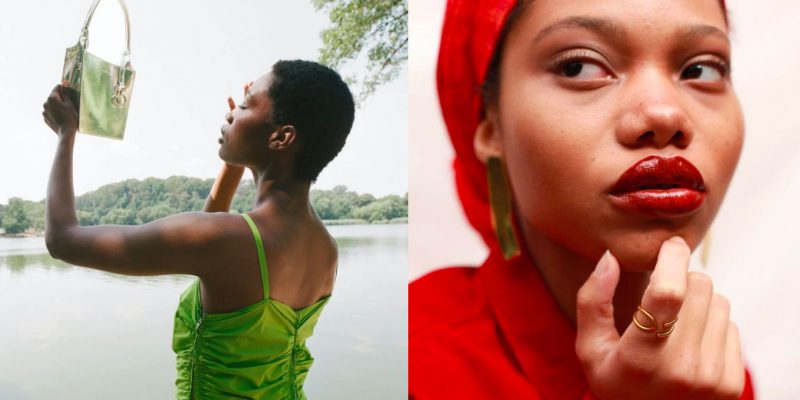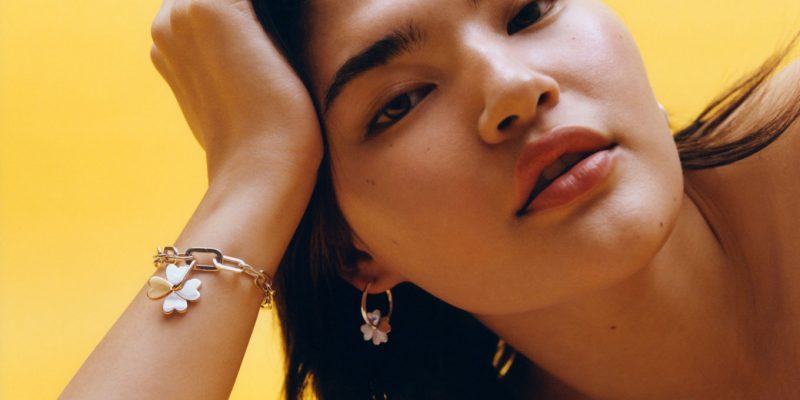Fashion
Gold standard: Olympic fashion
Canadian athletes dress for success.
by : Nathalie Atkinson- Jul 15th, 2008
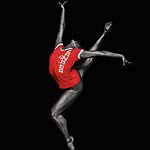
The Olympics may be about excellence in sport, but the sartorial skill on display also makes them a global catwalk. For the Beijing Games, Hbc-whose fur-trapper hat was the hot ticket in Turin in 2006-is Canada’s official maison de couture, charged with creating attire for 300 athletes to wear at the opening and closing ceremonies and podium presentations, as well as replica-wear for armchair sports fans.
Tu Ly, Suzanne Timmins and Vivienne Lu, Hbc’s head designers, have created styles ranging from yoga-style jackets to sleeveless tennis dresses to casual board shorts. The location of the Games served as inspiration for the design flourishes. “We paid attention to symbolism and tradition,” explains Ly. The repeating stylized number 8-the Chinese numerological symbol for prosperity and good fortune-features prominently in prints and on zippered pulls. The Hbc Olympic patch is octagonal, and some jackets have medallion charms that look like Chinese coins. “Even the inside labels are vertical, like traditional Chinese New Year good-luck envelopes and cards,” says Timmins. The colours-on trend for summer in gold, metallic tan and red, with accents of teal green-symbolize four of the basic elements: earth, fire, wood and metal.
The most striking design elements are the patchwork and tattoo prints (Ly has dubbed them “sport camouflage”) that appear as tapestry on pants and jackets and as a banner print on T-shirts. They mimic the prints found on traditional Chinese jacquard silks, with fine curlicues and cross-hatching. A trio of curving, multicoloured stripes is a stylized wink at Hbc’s symbolic stripes, while the Canada font, which Ly and Timmins developed, was inspired by the clean lines of bamboo.
As fashion-focused as they are, Ly and Timmins were also adamant that the clothes do more than just look good on the podium. “You have to adapt fashion for context,” explains Timmins. “Many athletes in Athens complained that the clothes were too hot,” says Ly. For Beijing, singlets have mesh lining and panels, while featherweight nylon pants are UV- and odour-resistant in fabric that wicks away moisture. The streamlined cadet caps and visors were designed to provide shade in Beijing’s 45ºC heat. Ly says that one of the most popular items is the convertible “B-tube,” a simple loop of tapestry-print stretch fabric that can be worn as a headband, a scrunchie, a do-rag-or over the nose to protect against smog ($15 to $75; at The Bay and Zellers across Canada or online at www.hbc.com and www.zellers.com).
Olympic fashion: A select timeline
1920 Antwerp French Jazz Age tennis champ Suzanne Lenglen cuts a scandalous dash in short outfits by Jean Patou.
1960 Squaw Valley Hbc donates 60 signature coats to the Canadian team.
1972 Munich André Courrèges designs clothing for the Olympic Games’ 15,000 employees.
1992 Albertville French figure skater Surya Bonaly competes in outfits by Christian Lacroix, while Nancy Kerrigan wears Vera Wang.
1998 Nagano Prince William is photographed wearing the poorboy cap designed by Roots for Team Canada; Robin Williams wears one to the Oscars.
2004 Athens Sophia Kokosalaki creates ceremonial costumes for more than 7,000 countrymen-and for Björk.
2006 Turin Giorgio Armani, Roberto Cavalli and Moschino outfit various Italian team; Yohji Yamamoto designs for the French.
2008 Beijing Polo Ralph Lauren’s collection for the U.S. Olympic Team is ultra-preppy and reminiscent of the wardrobe of the elite members of an Edwardian country club.
Newsletter
Join our mailing list for the latest and biggest in fashion trends, beauty, culture and celebrity.
Read Next
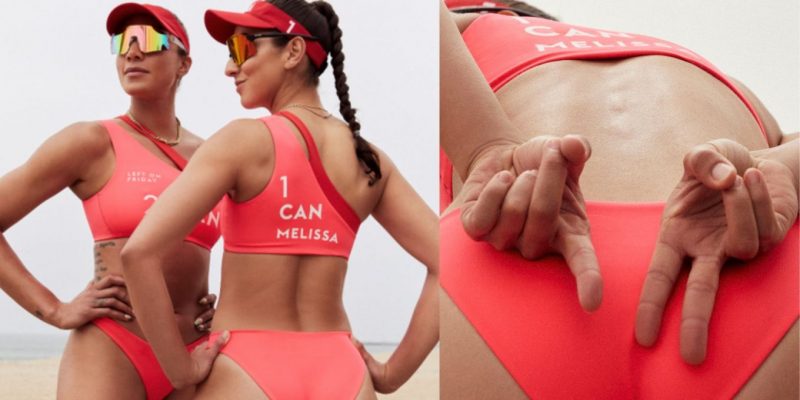
Fashion
This Canadian Swimwear Brand Designed Canada’s 2024 Women’s Olympic Beach Volleyball Team Uniforms
And they're *so* good.
by : Allie Turner- Apr 24th, 2024
Fashion
The Most Iconic Looks In Met Gala History, From 1973 To Now
40 years of the night that's all about trailblazing fashion.
by : ELLE Australia- Apr 24th, 2024
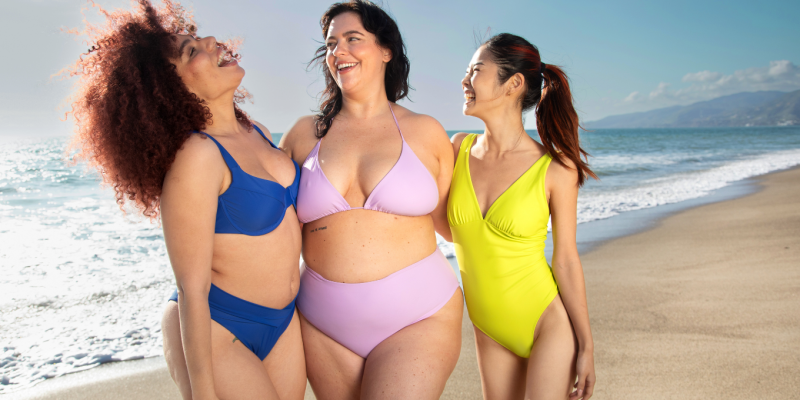
Beauty
Summer Prep: How to Feel Confident in Your Swimsuit
New Size-Inclusive Swimwear: Gillette Venus partners with The Saltwater Collective to Launch a Collection for Any Body
by : ELLE Canada- Apr 24th, 2024

